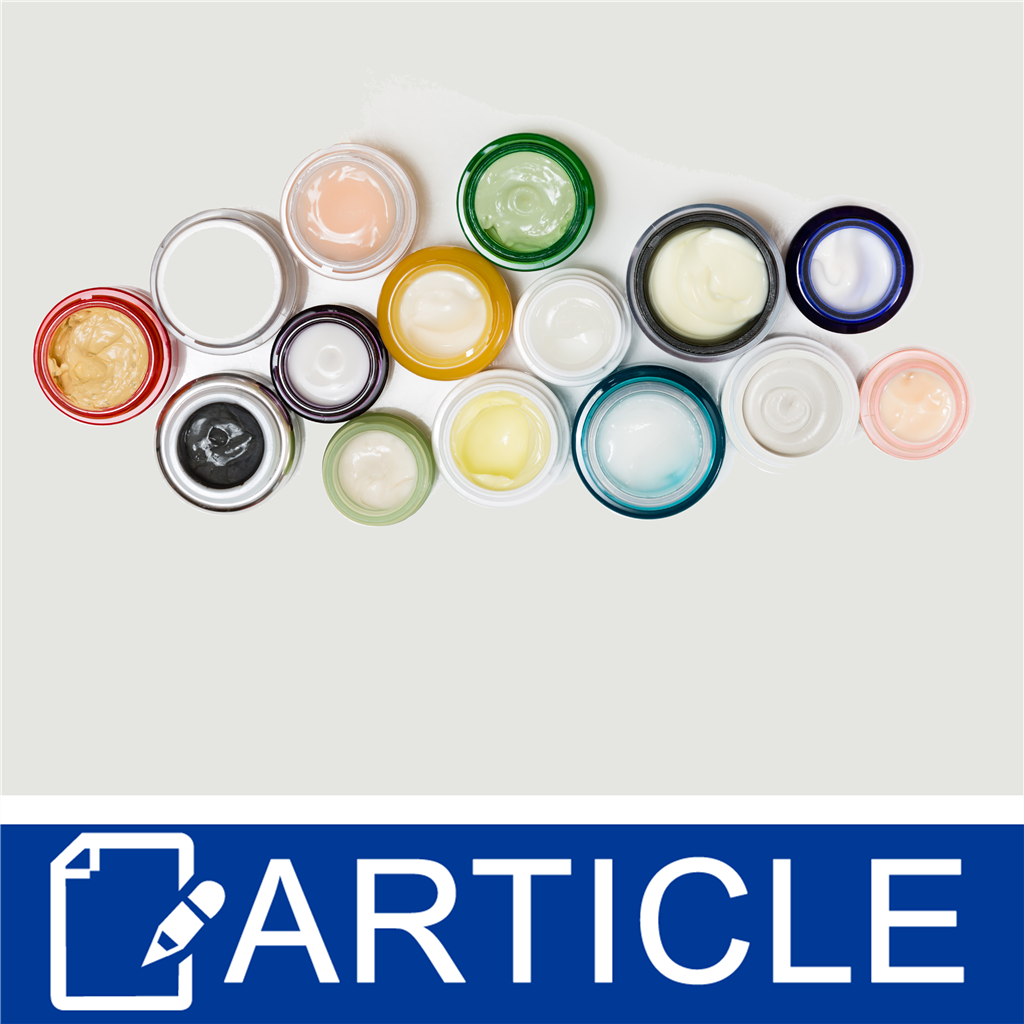The science when emulsifiers are left out of a recipe
The Crucial Benefits of Emulsifiers for Smooth and Stable Mixtures
Emulsifiers are crucial in creating smooth and steady blends across various markets. They minimize surface area stress in between immiscible liquids, causing enhanced texture and general sensory experiences. In food and cosmetics, their role extends beyond mere blending; they likewise boost life span and product integrity. Understanding the kinds and applications of emulsifiers reveals their relevance in formulation processes. However, the nuances of their efficiency warrant even more exploration.
Comprehending Emulsifiers: The Science Behind the Blend
Emulsifiers are commonly overlooked in daily cooking and food production, they play a necessary function in supporting mixes that would certainly otherwise divide. Emulsifiers are compounds that minimize surface tension between two immiscible liquids, such as oil and water. They have both hydrophilic (water-attracting) and hydrophobic (water-repelling) residential properties, permitting them to connect with both phases. This special characteristic allows emulsifiers to form a secure user interface, avoiding the splitting up of fluids and fats.
Common examples of emulsifiers consist of lecithin, often obtained from soybeans or eggs, and mono- and diglycerides. These substances develop an uniform structure in products like mayonnaise, salad dressings, and sauces. The scientific research behind emulsifiers depends on their capacity to create a steady emulsion, which is crucial for achieving preferable food quality and service life. Comprehending the function of emulsifiers is necessary for food scientists and culinary experts going for constant outcomes.
Culinary Applications: Enhancing Taste and Structure
Emulsifiers considerably enhance culinary applications by improving both flavor and appearance in a range of food (emulsifiers). They play a vital role in creating secure solutions, which are essential for sauces, dressings, and mayo. By allowing the even circulation of fats and water, emulsifiers assure that tastes are harmonious and well-blended, boosting the general preference experience
In baked goods, emulsifiers contribute to a better crumb structure and improved dampness retention, leading to products that are enticing and soft. Additionally, they assist extend service life by preventing splitting up and keeping quality.
In dairy products, emulsifiers aid in developing smooth textures, vital for products like ice lotion and lotion cheese, where mouthfeel greatly impacts consumer pleasure. In general, using emulsifiers in culinary applications not only boosts taste profiles but additionally improves the sensory experience of different food things, making them much more appealing and enjoyable.

Cosmetic Utilizes: Developing Lavish Formulations
When developing aesthetic products, the addition of emulsifiers is necessary for accomplishing elegant and smooth appearances. These representatives facilitate the blending of water and oil stages, creating secure solutions that improve product efficiency and individual experience. Emulsifiers not just boost the uniformity of creams and lotions however likewise contribute to the overall sensory characteristics, enabling a more enjoyable application and feel on the skin.
Additionally, emulsifiers play an important role in the reliable distribution of active ingredients, guaranteeing that they stay evenly dispersed throughout the formulation. This consistent circulation improves the item's effectiveness, supplying targeted advantages such as hydration, anti-aging, and protection. Furthermore, the appropriate emulsifier can present a preferred viscosity, avoiding separation and maintaining product integrity over time. Eventually, emulsifiers are essential in creating premium cosmetic formulas that satisfy consumer assumptions for deluxe and effectiveness.
Sorts of Emulsifiers: Natural vs. Synthetic
Recognizing the distinctions between natural and synthetic emulsifiers is essential for formulators intending to maximize cosmetic items. All-natural emulsifiers, stemmed from plant or animal sources, consist of ingredients like lecithin, beeswax, and different gums. They are frequently favored for their skin-friendly homes and biodegradability. Additionally, they can boost the sensory account of formulas, giving an extra enticing appearance and really feel.
In contrast, synthetic emulsifiers are chemically engineered to create particular functionalities and stability. Common examples include polysorbates and stearic acid. These emulsifiers generally use premium performance relating to emulsification effectiveness and shelf-life stability. They may raise worries regarding skin sensitivity and environmental effect.
Inevitably, the option between all-natural and synthetic emulsifiers depends on the desired item characteristics, formula objectives, and consumer choices, highlighting the value of recognizing their one-of-a-kind buildings. emulsifiers.
The Duty of Emulsifiers in Food Preservation

Tips for Utilizing Emulsifiers Effectively in Dishes and Products
When utilizing emulsifiers in products and recipes, picking the ideal kind is crucial for achieving wanted results. Furthermore, using correct blending methods can greatly improve the stability of emulsified blends. Ultimately, understanding storage space approaches and shelf life ensures the long life and efficiency of these emulsifiers.
Picking the Right Emulsifier

Picking the suitable emulsifier can significantly boost the appearance and security of a blend, as the best option depends upon the details ingredients and desired result. Numerous variables influence this choice, including the kind of fats or oils, the presence of water, and the target uniformity. Lecithin is perfect for sauces and dressings, while xanthan periodontal functions well in gluten-free baking. Furthermore, the emulsifier's compatibility with other active ingredients plays a significant role in here are the findings attaining the desired security. It is vital to take into consideration the temperature level variety of the application, as some emulsifiers carry out far better under particular conditions. Inevitably, understanding the attributes of each emulsifier will bring about more effective solution in products and recipes.
Appropriate Mixing Techniques
Utilizing reliable blending techniques is necessary for achieving perfect emulsification in items and dishes. It is crucial to introduce emulsifiers slowly, enabling them to disperse uniformly throughout the combination. High-shear mixing techniques, such as utilizing a mixer or an immersion mixer, can enhance emulsifier efficiency by breaking down fat beads. Keeping a regular temperature level throughout blending additionally help in accomplishing a stable solution, as liquids and fats can blend a lot more successfully when heated. Furthermore, incorporating active ingredients in the correct order-- starting with the fluid phase adhered to by the fat phase-- ensures also distribution. Lastly, mixing must proceed up until the wanted consistency is gotten to, preventing over-mixing, which can bring about splitting up. Appropriate methods ultimately cause smoother, a lot more steady solutions.
Storage and Life Span
The performance of emulsifiers can considerably improve the high quality of combinations, correct storage and interest to shelf life are essential for maintaining their efficiency. Emulsifiers must be saved in a great, dry atmosphere, away from direct sunlight and dampness, which can deteriorate their residential or commercial properties. It is suggested to maintain them in impermeable containers to stop contamination and oxidation. Additionally, inspecting the expiry dates and adhering to advised storage space standards can optimize their effectiveness. Routine assessments of appearance and stability in mixes can indicate whether the emulsifier is still working effectively. By complying with these storage space practices, individuals can ensure that their emulsifiers continue to be powerful, leading to constantly smooth and secure combinations in products and dishes.
Often Asked Questions
Are Emulsifiers Safe for Individuals With Dietary Restrictions?
Emulsifiers can be risk-free for people with nutritional constraints, depending on their source and composition. It's necessary for those with allergies or specific dietary demands to carefully review active ingredient tags their explanation and seek advice from medical care professionals.
How Do Emulsifiers Affect the Service Life of Products?
Emulsifiers enhance the shelf life of items by maintaining combinations, avoiding splitting up, and lowering spoilage. Their capacity to maintain harmony helps guarantee longevity, ultimately maintaining flavor, structure, and total high quality in numerous food things.
Can I Make Emulsifiers in the house?
Yes, self-made emulsifiers can be developed using natural active ingredients like egg yolks, mustard, or honey. These alternatives can aid mix oil and water, but results might differ based upon the particular recipe and technique used.
What Are Usual Emulsifier Allergies to Enjoy For?
Common emulsifier allergies include reactions to soy lecithin, egg yolk, and dairy-based emulsifiers. People with sensitivities may experience signs like hives, stomach distress, or respiratory concerns upon exposure to these active ingredients in various food.
How Do Emulsifiers Influence Nutritional Value?
Emulsifiers can affect nutritional worth by improving nutrient absorption and bioavailability - emulsifiers. Extreme usage might lead to nutrient loss or inequality, potentially affecting health results, especially in processed foods where they are common.
Emulsifiers greatly boost cooking applications by enhancing both flavor and texture in a range of food items. In dairy products, emulsifiers aid in producing smooth click over here textures, important for items like ice lotion and lotion cheese, where mouthfeel significantly influences consumer satisfaction. In the domain of food preservation, emulsifiers play a substantial function in maintaining the high quality and shelf-life of various items. In products like salad dressings and sauces, emulsifiers aid to preserve texture and flavor stability over time, ensuring that the food continues to be enticing to consumers. Typical emulsifier allergic reactions consist of responses to soy lecithin, egg yolk, and dairy-based emulsifiers.